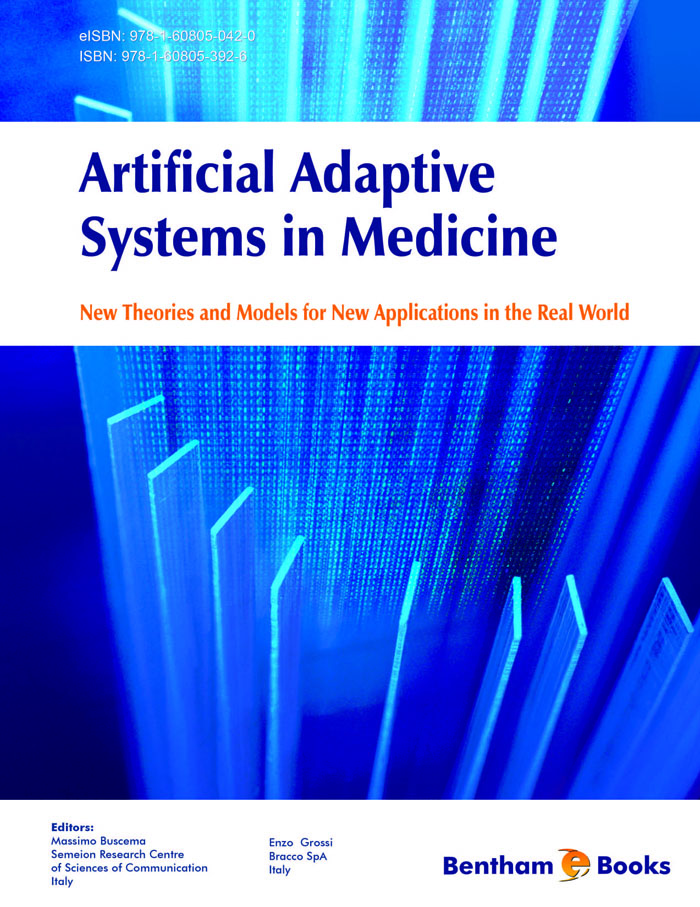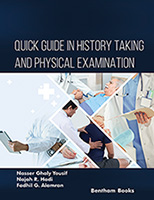Preface
In this book we introduce four complex Artificial Adaptive Systems, presented for the first time at NAFIPS Congress held in New York in May 2008, able to be apply directly to medical field with interesting results.
Each of this system is not a simple algorithm, but a set of adaptive systems, each time able to cooperate and to compete to reach an optimal solution.
Optimal solution in medical field and in real medical data is fundamentally the capability to discover hidden features and connections that are:
-
real in the real medical world;
-
useful for medical doctors;
-
hard to discover using other and more simply techniques.
The four Artificial Adaptive Systems we present in this book are:
-
an
Auto-Contractive Mapable to project a dataset into a weighted graph, whose connections show hidden non linear relations among data.
-
An
Active Connection Matrix, named
J-Net, able to show in any kind of medical image features invisible to human eyes and to the other imaging filter and techniques.
-
A new methodology to read the semantic of a set of points distributed into a 2 or 3 dimensional space, named
Topological Weighted Centroid (TWC). This system should be able to approximate the origin point of epidemic and its trend, only starting from the distribution in the space of same cases.
-
A new system, named
IFAST (Implicit Function As Squashing Time), dedicated to detect the invariants from a multi-sequence of signals along the time. IFAST shows to be suitable techniques to analyze the EEG of patients to understand the quality of their brain activity.
We wish this book could increase the awareness about the relationship between mathematics and real world: math could be a way to jump out from the world, to find out a set of truths, able to explain the real world from inside.
Massimo Buscema
Enzo Grossi





